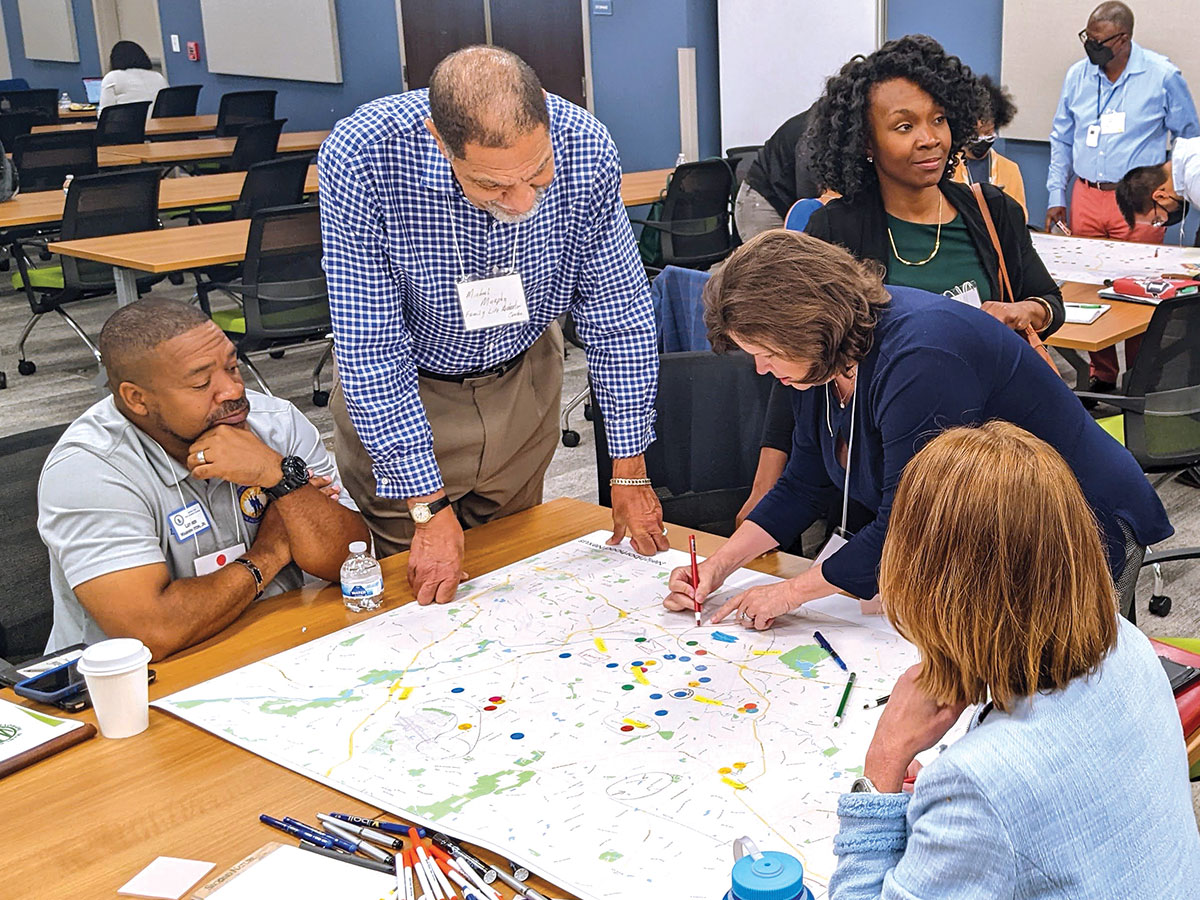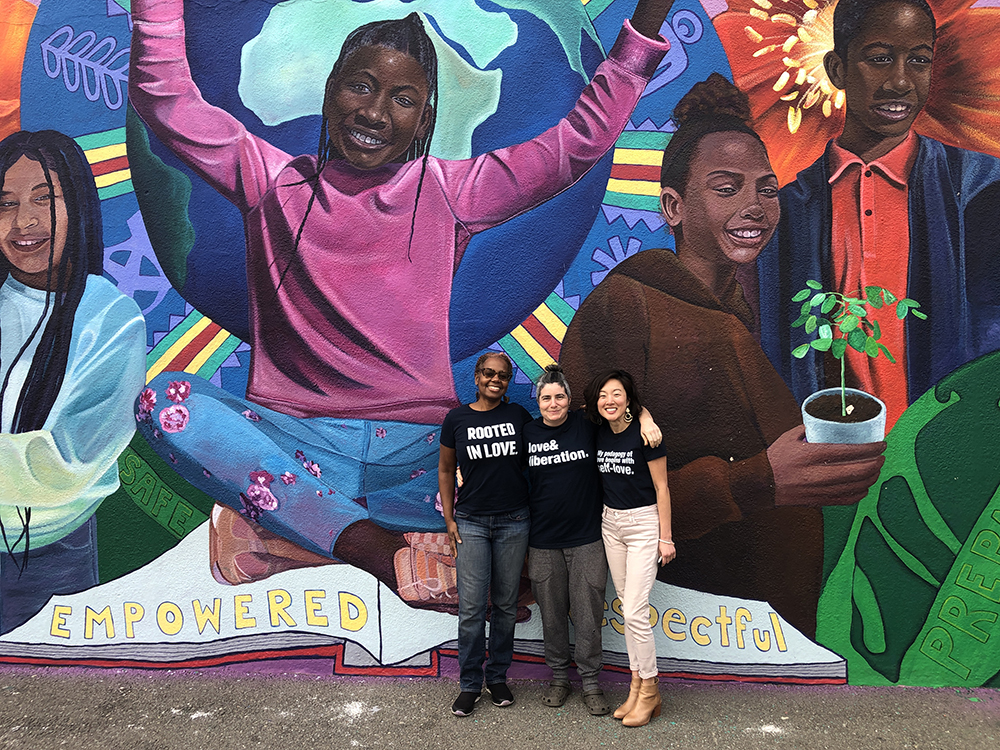Lead the Conversation for Values-Practice Alignment

In the pursuit of values-practice alignment, you can only go so far on your own. That’s why we’ve put together a How-To Guide for getting the process underway: Lead the Conversation: How to Build Coalitions for Change is our member-exclusive resource for getting colleagues from across your organization involved, onboard, and ready to take steps alongside you.
Say you’ve explored your organization’s values, surveyed your grantmaking practices, and identified where they’re misaligned. How do prepare for a successful conversation – one that builds support, forms a broad coalition, and leads to a plan of action? As detailed in Lead the Conversation, the first step is crafting a persuasive and inclusive case for change that will move colleagues to join your cause.
PEAK has found four main levers of persuasion that are most powerful in making the case for any organizational change. They are:
- Focus on shared values.
Values connect everyone and everything in your organization, providing common ground. Using values as your lens, you can make a case for change that every stakeholder can understand. For instance: Not every board member and executive may know the ins and outs of your online grant application form, but most would want to know if that form is inaccessible to people with disabilities. Citing your commitment to the values of inclusion and accessibility, you have a universal entrée into a conversation about building a more accessible form.
- Give change a human face.
Your grantmaking practices affect real people. Strengthen your case by sharing stories of your grantmaking practices, as told by internal and external stakeholders: your board and staff, grantseekers, grantees, and grant reviewers, as well as volunteers, partners, and peers. Their personal, real-world priorities will add credibility and urgency to your recommendations.
- Measure up.
Grantmakers are incentivized to change when they have data, information, and case studies of colleagues’ challenges and solutions. However, it’s the story you tell with this data – interpreting it, comparing it among peers, documenting the trends that contextualize it, and identifying the values it concerns – that helps people agree to change.
- Calculate the costs.
The number one reason for change cited by grantmakers in our Project Streamline program? Cost savings. To quantify any problem or proposed solution, document the time and other resources it takes to complete a given task associated with it. Translate that to a dollar amount, and you can help colleagues understand what’s causing extra costs. Internally, use process mapping to identify bottlenecks or redundancies; externally, use a “respecting grantees and partners” frame to address your practices in terms of the resources they cost others.
You’ll find more detailed recommendations around each of these points, and a complete guide to leading the conversation around change – including stakeholder “mapping,” dealing with pushback, and the “courageous conversations” framework – in the member-exclusive How-To Guide Lead the Conversation: How to Build Coalitions for Change.


